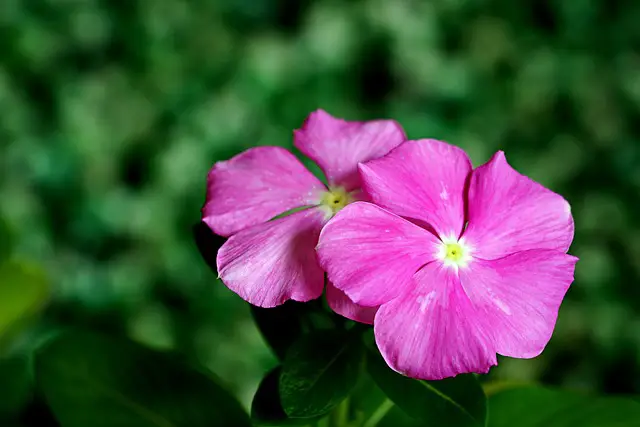Air Plants: Nature’s Living Sculptures
What Are Air Plants?
Air plants, also known as Tillandsias, belong to the bromeliad family and are unique for their ability to thrive without soil. Native to forests, mountains, and deserts of Central and South America, they absorb moisture and nutrients through their leaves. These fascinating plants can attach themselves to trees, rocks, and other surfaces, making them versatile and easy to display in various creative ways.
Why Choose Air Plants?
Air plants are a fantastic choice for both novice and experienced plant enthusiasts. The following are strong arguments for you to think about including them in your collection:
Low Maintenance: Air plants require minimal care. They don’t need soil and only require a light misting or occasional soaking to stay hydrated.
Versatility: Their unique growing requirements make air plants perfect for a variety of displays, from hanging globes to wall-mounted frames.
Aesthetic Appeal: With their otherworldly shapes and sizes, air plants add a touch of exotic beauty to any space. They can complement both modern and traditional decor styles.
Air Purification: Like other houseplants, air plants can help improve indoor air quality by absorbing pollutants and releasing oxygen.
How to Care for Air Plants
Light
Air plants thrive in bright, indirect light.
Ideal location: next to a window that lets in filtered sunlight Direct sunlight can be too harsh and may cause the plants to dry out or become scorched. If you’re using artificial light, ensure your air plants receive about 12 hours of light daily.
Watering
Watering air plants is straightforward but crucial for their health. Here are some tips:
Misting: Lightly mist your air plants with water two to three times a week. This method is suitable for plants in dry environments.
Soaking: Every one to two weeks, soak your air plants in a bowl of water for 20-30 minutes. After soaking, shake off excess water and place the plants upside down on a towel to dry completely before returning them to their display.
Humidity: Air plants prefer environments with higher humidity. If you live in a particularly dry area, consider using a humidity tray or placing your plants in more humid rooms, like bathrooms or kitchens.
Air Circulation
Good air circulation is vital for air plants. After watering, ensure they dry completely within a few hours to prevent rot. Avoid placing them in closed terrariums without ventilation.
Temperature
Air plants are quite hardy and can tolerate a wide range of temperatures. However, they thrive best in temperatures between 50°F and 90°F. Protect them from frost, as cold temperatures can damage or kill the plants.
Creative Display Ideas
One of the most exciting aspects of air plants is the myriad of creative ways to display them.To get you going, consider these suggestions:
Terrariums: Use a glass terrarium to create a little garden. Add sand, pebbles, or decorative rocks to complete the look.
Hanging Displays: Use fishing line or wire to suspend air plants from the ceiling, creating a floating garden effect.
Mounted Frames: Attach air plants to driftwood, cork bark, or wooden frames for a rustic, natural display.
Wall Art: Arrange air plants on a wire grid or trellis to create living wall art that changes and grows over time.
Containers: Place air plants in decorative bowls, shells, or even teacups for a charming touch.
Common Problems and Solutions
While air plants are generally low-maintenance, they can occasionally encounter issues.Here are some frequent problems and ways to solve them:
Drying Out: If your air plants appear brown or crispy, they might be dehydrated. Up the number of times you mist or soak.
Rotting: Overwatering can lead to rot. Ensure plants dry completely after watering and avoid water pooling at the base.
Pest Infestations: Air plants are relatively pest-resistant, but they can sometimes attract aphids or mites. Use a diluted insecticidal soap or rinse the plants thoroughly to remove pests.
Air plants are a delightful addition to any home or office, offering beauty and intrigue with minimal care requirements. Their versatility and unique growing habits make them perfect for creative displays that can elevate any space. By understanding their basic care needs and experimenting with different display ideas, you can enjoy these living sculptures and watch them thrive in your environment.





